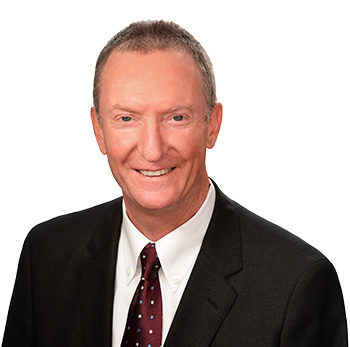Echocardiography
Echocardiography is a diagnostic procedure to evaluate the structure and function of the heart. The test uses high-pitched sound waves that are harmless and painless to the human body.
During the procedure, the high-pitched sound waves are directed at the heart with a device called a transducer. Echoes are produced as the sound waves reflect off the various parts of the heart. The transducer picks up these echoes and relays them to a computer which processes the information to create moving pictures of the heart which are viewable on a monitor.
An echocardiogram shows the function of the heart valves and the size and shape of the heart chambers. It can help diagnose various heart diseases such as cardiomyopathy, hypertensive heart disease, pericardial disease and valvular heart disease. It also gives an assessment of the overall funciton of your heart
Indications
Your doctor may recommend an echocardiogram to investigate:
- Chest pain or angina
- Difficulty breathing or dyspnoea
- Irregular heartbeats
- Abnormal heart sounds such as murmurs and clicks
- Enlarged heart
- Heart attack
Procedure
An echocardiogram can be performed in a physician’s office or in the hospital. The procedure is specific for each type.
There are different types of echocardiography:
Transthoracic Doppler echocardiography (TTE): This is the most common type of test performed in which the transducer is moved to different locations on the chest and upper abdomen. This test evaluates how blood flows through the heart chambers, valves and blood vessels.
- During transthoracic echocardiography, you will lie on your back or on your left side on a table or bed. Small adhesive electrodes are attached to the chest. A small quantity of gel is applied on your chest and upper abdomen and the transducer is glided over the gelled area to obtain different views of the heart.
- Sound waves that reflect off blood flowing through the heart and vessels are picked up by the transducer and processed into black and white or colour images that give information about the direction and speed of blood flow.
Stress echocardiography: This is performed before and after subjecting the heart to stress from either exercise or medication to make the heart pump faster. It is usually done to look for decreased blood flow to the heart.
- During stress echocardiography, regular echocardiography is first performed. You are then asked to walk on a treadmill or pedal on an exercise bicycle for a specific amount of time before repeating the test. For those who cannot tolerate a stress test for various reasons a medicine may be injected to accelerate heart rhythm.
Transesophageal echocardiography (TEE): In this procedure, the transducer probe is passed down the oesophagus. The sound waves produced do not have to pass through the lungs and bones of the chest wall and as a result the echocardiograms obtained are much clearer.
- For a transesophageal echocardiography, a local anaesthetic is applied to the throat and the transducer is passed down the throat and oesophagus until it is close to the heart where accurate images can be obtained. Sedatives are administered to keep you comfortable.
Risks and complications
An echocardiogram is generally a safe test but as with any procedure complications may occur and can include the following depending on the type of test performed.
- Transthoracic echocardiogram: Mild pain or discomfort in the chest due to application and pressure of the transducer.
- Stress echocardiogram may cause shortness of breath, dizziness, irregular heartbeats, and low blood pressure.
- Transesophageal echocardiogram may cause nausea, discomfort in the mouth and throat, slow heartbeat or minor bleeding in the oesophagus from trauma by the transducer.


